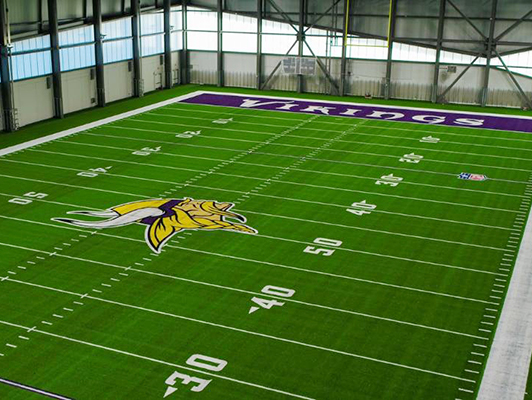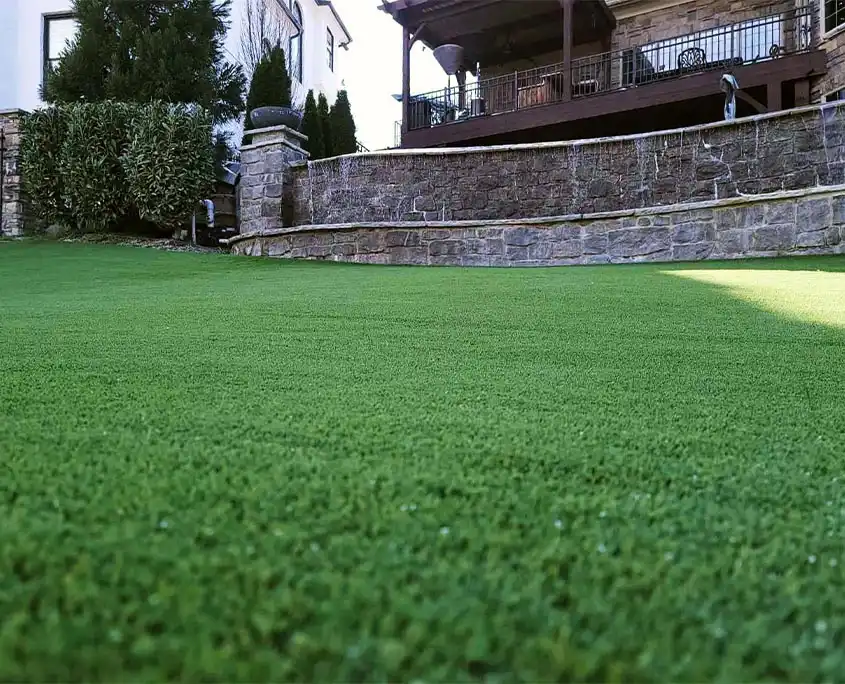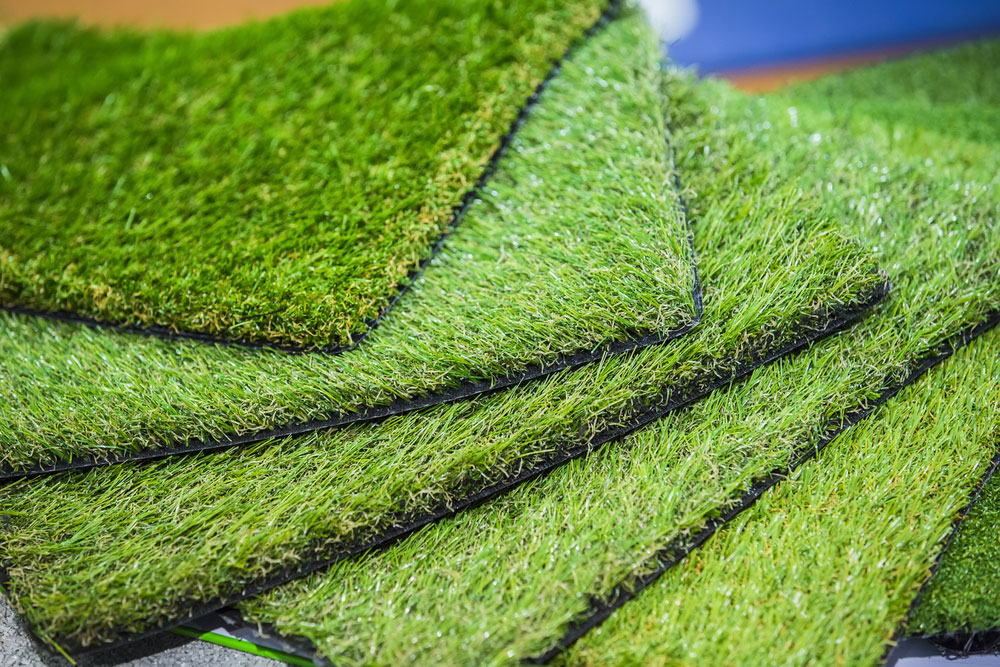Environmentally Safe Arizona Artificial Turf for a Always-Green Lush Green Lawn
Environmentally Safe Arizona Artificial Turf for a Always-Green Lush Green Lawn
Blog Article
Explore the Environmental Advantages of Opting for Artificial Grass Solutions
The fostering of synthetic grass remedies offers an engaging opportunity to attend to pressing environmental challenges. By dramatically decreasing water usage and minimizing the application of unsafe chemicals, these options not only promote lasting landscaping however also protect neighborhood ecological communities. Furthermore, the lower carbon impact associated with reduced maintenance tasks adds to a more sustainable strategy to land monitoring. Nevertheless, the implications of these advantages prolong past plain conservation initiatives, questioning concerning their long-lasting impact on habitat conservation and general eco-friendly equilibrium. Checking out these measurements reveals a complicated interplay worth considering.
Water Conservation Advantages
Among one of the most considerable benefits of artificial turf is its capability to conserve water. Standard lawn yards require significant watering, specifically in locations prone to dry spell or water constraints. In comparison, artificial lawn does not require watering, significantly decreasing the total demand for water resources. This feature is particularly advantageous in dry regions where water shortage is a pressing worry.
By eliminating the need for routine watering, fabricated turf adds to sustainable landscape methods and aids alleviate the environmental influence of excessive water usage. Moreover, the preservation of water prolongs to the decrease of runoff, which can lead to soil disintegration and waterway contamination.
Additionally, the setup of synthetic grass enables communities and homeowners to allot water sources more efficiently, focusing on necessary usages such as drinking water and agriculture. The shift in the direction of synthetic grass not only promotes responsible water usage but also aligns with wider ecological objectives intended at protecting all-natural sources.
As areas significantly focus on sustainability, the water preservation advantages of synthetic grass provide an engaging instance for its fostering in domestic and industrial landscaping tasks.
Lowered Chemical Usage
The change to man-made grass substantially lowers the dependence on chemical treatments generally made use of in all-natural lawn maintenance. Typical lawn monitoring typically entails the application of herbicides, plant foods, and pesticides to advertise growth and control pests. These chemicals can pose threats to human health and wellness, local wild animals, and the environment, adding to soil and water contamination.
In comparison, artificial turf removes the need for these harmful substances. By lessening the launch of artificial compounds into the ecological community, artificial grass promotes healthier soil and water systems.
Furthermore, the lack of chemical runoff connected with synthetic grass installations assists secure neighborhood rivers from air pollution, sustaining marine life and maintaining biodiversity. Turf installation phoenix az. As communities progressively prioritize sustainable practices, going with synthetic grass provides a practical remedy that lines up with environmental conservation goals. Through this change, residential or commercial property proprietors can delight in lavish environment-friendly spaces without endangering environmental health and wellness, leading the way for a much more sustainable future
Reduced Carbon Footprint

Furthermore, the setup of artificial lawn can cause substantial water conservation. All-natural lawns require significant quantities of water for watering, which not only contributes to the carbon footprint connected with water removal and therapy however also stress neighborhood water sources. In contrast, artificial turf needs very little maintenance, calling for no watering, thereby dramatically reducing water use and its associated energy expenses.
Furthermore, the long life of synthetic grass adds to its lower carbon influence. With a lifespan of as much as 15 years or more, the requirement for regular substitutes is decreased, leading to less waste and lower energy intake in production and getting rid of typical grass options. In general, synthetic turf provides a sustainable choice for ecologically aware landscape design.
Environment Conservation
Habitat preservation is a vital consideration in the argument over landscaping choices, especially when comparing synthetic grass to natural turf. Natural yard yards frequently need substantial maintenance, consisting of the usage of plant foods, pesticides, and herbicides, which can adversely influence regional environments. These chemicals can leach into the dirt and waterways, damaging indigenous flora and animals and interrupting local environments.
In comparison, synthetic grass provides an opportunity to lower the environmental impact of landscaping. By opting for artificial description turf, home owners can reduce the disturbance of all-natural habitats related to traditional yard care methods. Synthetic grass removes the requirement for harmful chemicals, consequently protecting close-by wild animals and maintaining the stability of bordering communities. Additionally, the installation of man-made lawn can lead to the conversion of former lawn areas into more biodiverse landscapes, such as pollinator gardens or indigenous plant areas, which can support regional wildlife.
Ultimately, the shift to synthetic grass not just saves water and minimizes maintenance initiatives yet likewise cultivates an extra harmonious connection between human tasks and the all-natural atmosphere, promoting environment preservation while doing so.
Long-Term Sustainability
Lasting sustainability is an essential factor in reviewing the advantages of synthetic grass over traditional lawn yards. Among one of the most substantial benefits of artificial lawn is its durability; it can last up to 15-20 years with marginal maintenance, whereas all-natural yard calls for regular reseeding and replacement. This durability decreases the demand for constant resources, such as water, plant foods, and chemicals, which are necessary for preserving a healthy and balanced grass yard.
In addition, man-made lawn contributes to a decrease in carbon exhausts connected with lawn care tools. Standard yards often need gas-powered lawn mowers, trimmers, and blowers, all of which add to air pollution. Arizona artificial turf. In contrast, artificial grass eliminates the need for such devices, promoting a cleaner setting
Furthermore, the production of synthetic grass significantly uses recycled products, boosting its sustainability profile. As suppliers embrace eco-friendly methods, the ecological impact of man-made turf continues to decrease.

Verdict
The fostering of man-made turf services provides considerable environmental benefits, consisting of significant water address preservation, reduced dependence on dangerous chemicals, and a reduced carbon impact. In addition, artificial lawn aids in protecting natural habitats by reducing land disruption and advertising lasting sustainability see page via using sturdy products. Jointly, these elements highlight the potential of artificial lawn to add positively to environmental wellness and supply a feasible option to traditional landscaping techniques in a significantly resource-conscious world.
In contrast, fabricated grass does not need watering, significantly reducing the general demand for water resources. By decreasing the release of artificial compounds into the ecological community, man-made lawn promotes much healthier soil and water systems.
Furthermore, the installment of man-made lawn can result in significant water conservation. In comparison, synthetic lawn needs very little maintenance, needing no watering, therefore considerably lowering water usage and its linked energy prices.

Report this page